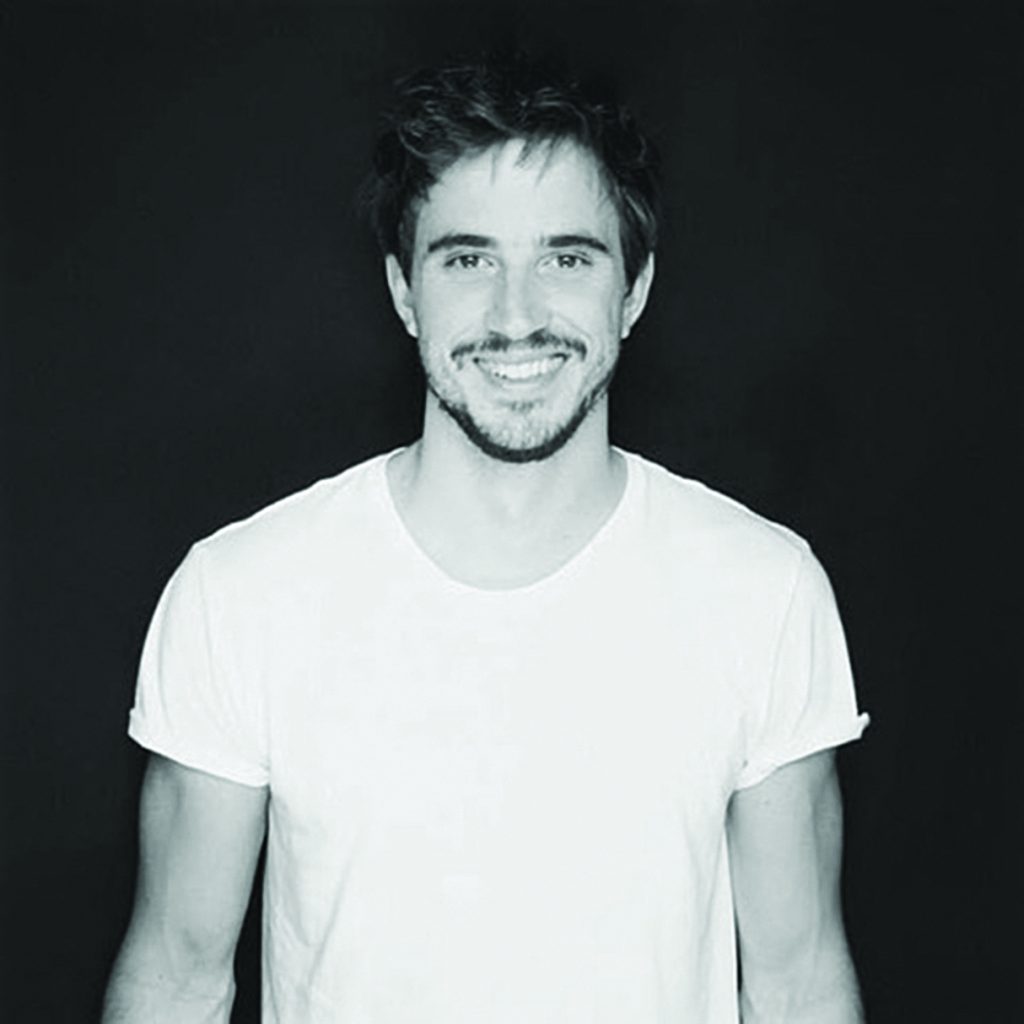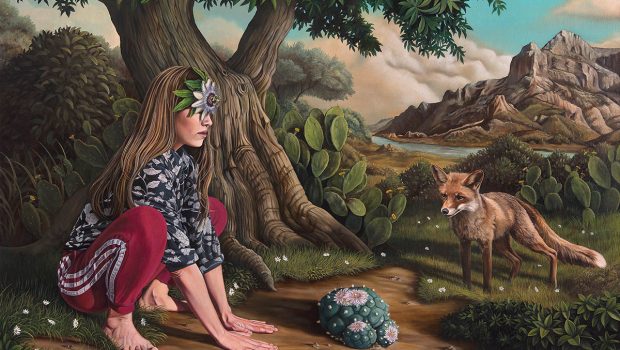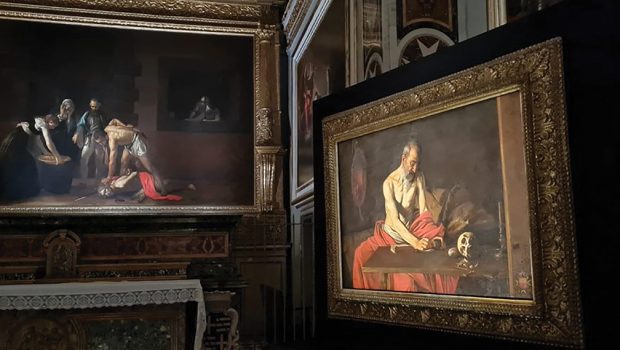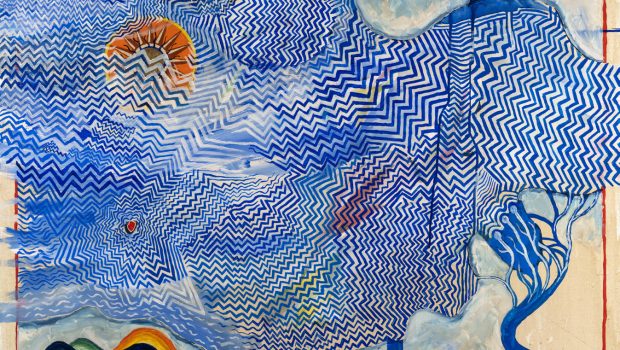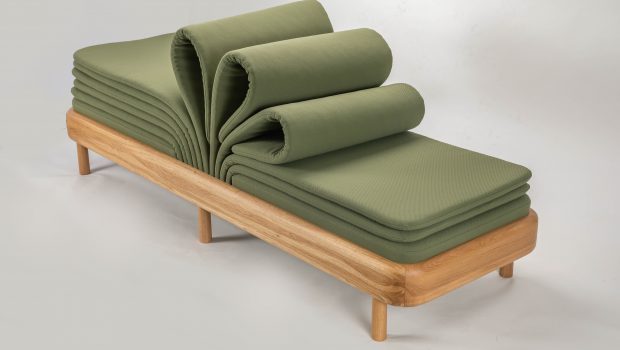Stone and Flesh
The dance company Żfin Malta are back with a film inspired by Malta's limestone

Under the artistic direction of Paolo Mangiola, and challenged by restrictions caused by Covid-19, ŻfinMalta has embarked upon an exciting new project; a dance film. Aħna, choreographed by Paolo Mangiola, directed by award-winning director and filmmaker, James Vernon, and performed by ŻfinMalta’s company dancers has been created especially for the camera and is inspired by Malta’s limestone and its function.
We spoke to Paolo Mangiola and James Vernon about the creative process, as well as the challenges they met in bringing the work together.
Artpaper: Paolo, lockdown must have affected you intensely as a dance company. How did you, as ŻfinMalta’s Artistic Director have to react, to keep your dancers’ morale high?
PM: At ŻfinMalta we first sat back and reflected on the global situation. Instead of pouring content online, we tried to respond to the big question first – the question that is still out there in the art world: is culture essential? As an art organisation that works prevalently with dance, we wanted to highlight how dance and movement are indeed essential aspects of life.
However, the dancers did miss the studio, and even though we kept working from home by developing what we call a choreographic tool box – a sort of manual that allows everyone to make choreography through instructions – as soon as we had the chance to get back to moving, we did. That is where the idea of the film came about.
Artpaper: Similarly, how quickly (or not) did you adapt from working on stage, to working towards a film?
PM: When creating work for the camera you are somehow guided through the eyes of the filmmaker. Choreography works in a similar way, with the difference being that you give a bit more agency to the audience.
Artpaper: Could you tell us a bit about how you conceived the choreography for working in such a space that is seemingly so arid and desolate?
PM: The work emerged through the physical exploration of the stone and its qualities. We also worked a lot with the idea of how this material creates a space around us, protects and defines the body. We managed to find solutions that were different and we experienced those beautiful moments in the studio where you set the conditions for something to emerge and suddenly it happens.
Artpaper: How did your dancers react to working in a quarry? What were the practical difficulties that you encountered?
PM: Dancers are the best people to work with – they are the most resilient beings that any industry can ever have. Of course, we had to take extra care in order to make sure they were safe first and foremost. But beside this aspect, we truly enjoyed getting back to work and we hope the film reaches as many people as possible, starting of course with our local audience, which this season has been more loyal than ever.
Artpaper: James, what is the difference in your approach to a dance film as opposed to how you would work with a ‘narrative’ or more ‘conventional’ film?
JV: The main difference is that a dance film is a collaboration between mainly myself and the dancer, whereas narrative work typically has a lot more people involved. With dance, you’re often dealing with the abstract, so it really gives you the freedom to experiment, especially if it’s improvised movement.
That said, choreographed pieces require a more structured approach, to make sure you’re capturing the dancers’ movements from the correct angles, which means knowing where you need to be at all times.
Artpaper: Your work includes open spaces, intense light and a strong sense of the human body. How did the quarry – which is in a sense, simultaneously open, but also confined – influence this work?
JV: In my work, light and space are as important as the subject matter. Especially with dance, you want to find ways to accentuate the dancer’s movement and form. The quarry, although beautiful, came with numerous challenges, including keeping the quality of light consistent throughout the film, and keeping the space ‘fresh’ for the film’s entirety.
The quarry is a functioning one, so each day we’d arrive and the ‘set’ would be altered, sometimes quite drastically, due to the work being carried out on site that day. It definitely kept us on our toes!
Aħna will be available to the public to view end of August and will premiere in Malta first before going worldwide
